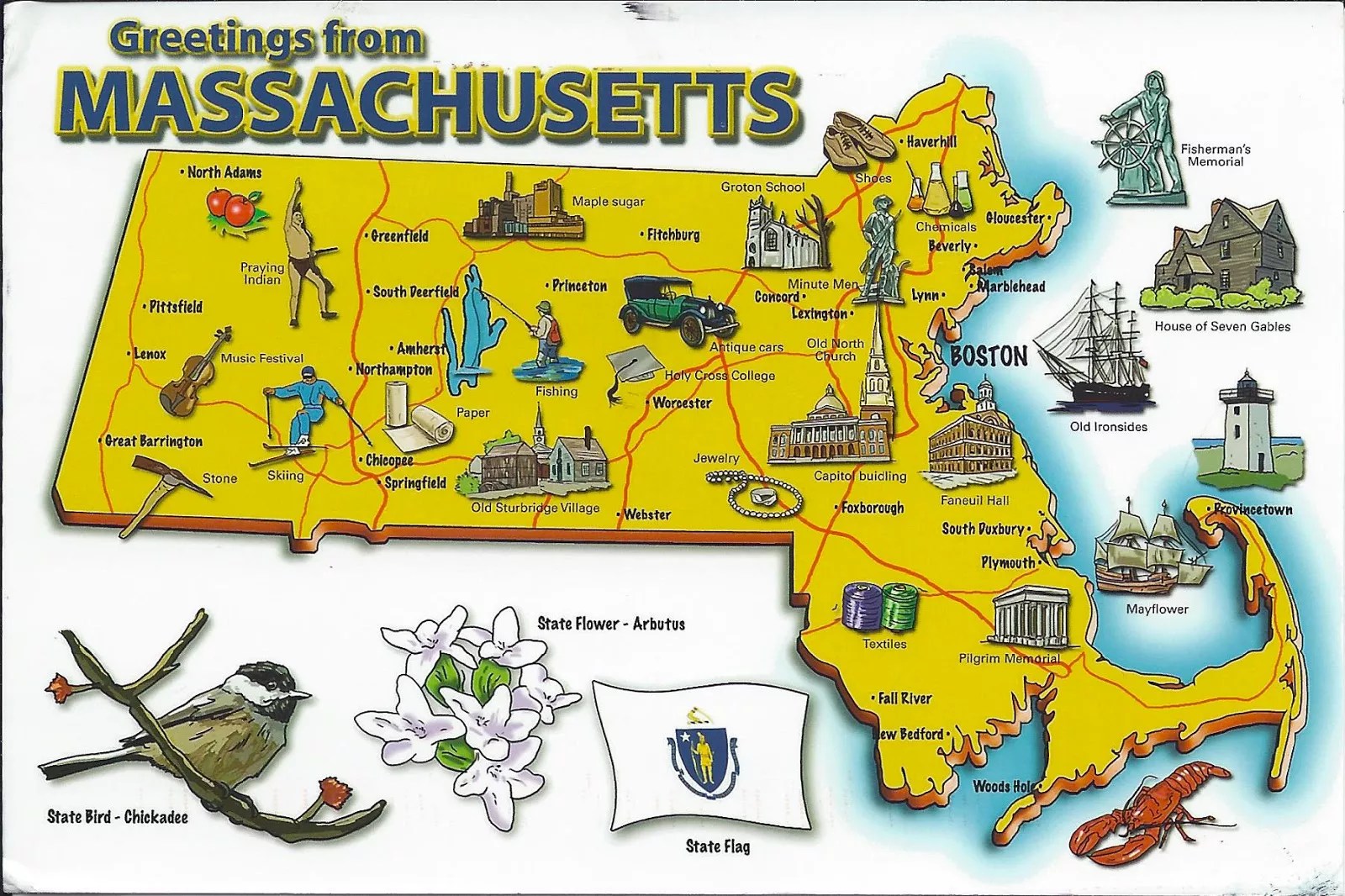
Getty Images

Audio By Carbonatix
A new study ranks Colorado as the top state in the country for high earners and affluent families, also known as rich people.
The analysis was conducted by RewardExpert, which describes itself as “a free service that helps users take full advantage of credit card and travel rewards.” And while its rankings pertain to the wealthiest among us, the firm has made an effort to include information of help to folks who are merely well off, too.
The top 1 percent of earners were actually excluded from the data used for the study in favor of those whose individual or household incomes fall within the 2-25 percent range. That roughly covers individuals who make between $125,000 and $250,000 per annum and families whose household incomes fall within the $200,000-$500,000 range.
Why did Colorado wind up in the number-one position? According to RewardExpert communications director Kaja Olcott, corresponding via email, a key factor was the state’s “lowest-in-the-nation property tax assessment ratios for residential property. This, in conjunction with low income tax rates and high average wages makes the state particularly hospitable to high earners.”
Denver, make your New Year’s Resolution Count!
We’re $10,000 away from reaching our $50,000 year-end fundraising goal. Your support could be what pushes us over the top. If our work has kept you informed and connected this year, please consider making a contribution today.
Has the flood of new residents to Colorado over the past couple of years played a part in the high ranking? “This is unclear,” Olcott maintains. “But rising property values due to the population influx led to favorable policies, and with tax revenues increasing due to legalized recreational marijuana, it looks like these policies are sustainable.”
Olcott acknowledges that “housing prices have skyrocketed across the state, from the Front Range and Denver through the Colorado Springs corridor. But in the high plains, property values are still quite low. If you can afford the price, Colorado is a bargain due to low yearly tax bills.”
The rich aren’t the only ones likely to get a boost from the Colorado economy, in Olcott’s view. She believes “an expanding tax base could allow the benefits to work their way down to lower earners.” If things turn sour, though, “lower income residents could easily be priced out of the market, leading to labor shortages and other employment related woes.”
Not that Olcott is downbeat about the future of Colorado for those with significant means. The factors that make the state the most attractive current destination for the well-heeled “appear to be built to last for at least the near term,” she allows, “as long as revenues from taxes can meet the need of sustainable development.”
Continue to count down the ten states considered the best for high earners and affluent families, with bullet points from the original study, followed by the methodology, complete with source links.

File image
Number 10: Montana
• No state or local sales taxes: you can spend freely in Montana without paying a cent in sales tax.
• Appreciating real estate values: home values in Montana have never been higher, appreciating by 2.09 percent in the past decade.
• Modest top bracket income tax rate: 6.9 percent above $17,900 annually, for single and joint filers.
• Generous standard deduction and personal exemptions: Almost one standard deviation above the national median, $7,020 for individuals, and $16,480 for a married couple filing jointly, with one dependent.
• Property taxes are low, both in nominal and effective terms: the average nominal tax rate on real estate is 1.21 percent (below the national median rate of 1.32 percent), which is reduced by a generous homestead exemption to an effective rate of 0.82 percent (one hundredth of a percent below the national median – which includes states which, unlike Montana, assess taxes on a fraction of market value).

File image
Number 9: Delaware
• No state or local sales taxes: you can spend to your heart’s content without paying a dime in sales taxes.
• Public schools ranked tenth in the nation, with 18.4 percent of Delaware public schools receiving recognition as gold or silver medal schools.
• Low property assessment ratios in Kent & Sussex Counties, where taxes are assessed on only 50 percent, or 35 percent of market value.
• Low property tax rates, made lower in the lower two counties of the state: the average effective property tax rate in Delaware is a diminutive 0.86 percent.
• Modest top-bracket income tax rate of 6.6 percent, which kicks in at $60,000 Adjusted Gross Income, meaning affluent taxpayers pay the same rate as members of the middle-class with modest means.

File image
Number 8: New Hampshire
• No state or local sales taxes
• Flat-rate state income tax: the state income tax rate is the same for taxpayers of all income levels, a below average 5 percent.
• Ranked ninth for public schools, with 18.7 percent of public school systems in the state receiving recognition as gold or silver medal schools.
• Appreciating real estate values: New Hampshire real estate is significantly more valuable than the national average, by a margin of approximately $50,000.
• New Hampshire has the lowest incidence rate per capita of crimes against property, plus robbery.

File image
Number 7: Ohio
• Low state income tax rates: the top rates paid by Ohio taxpayers are 4.6 percent for individuals and families with incomes above $106,650 and below $213,500, above which the rate increases to a maximum of 5 percent.
• Low assessment ratio: owners of real estate in Ohio benefit from a statewide assessment ratio of 35 percent of fair market value.
• Low property tax rates: across Ohio, the average nominal property tax rate is 1.62 percent, which is reduced to an effective rate of 0.57 percent of the property value by the state-mandated assessment ratio.
• Appreciating, yet affordable real estate: average real estate prices in Ohio are higher than they have ever been, with appreciation keeping pace with the national average.

File image
Number 6: Massachusetts File image
• Best schools in the U.S: 91 of the 354 public schools in Massachusetts have been recognized as gold or silver medal schools, or 25.70 percent of all public schools statewide.
• Flat income tax rate: contrary to popular opinion, Massachusetts has a flat state income tax of 5.1 percent that is below both the national median and average state income tax rates.
• No local sales taxes: while the state sales tax in Massachusetts is slightly above the national average at 6.25 percent, when local sales taxes are included for other states, sales tax in Massachusetts is below the national average.
• Until its neighbor, Maine, implements a legal market for recreational marijuana, Massachusetts has the lowest sales tax out of all states that have legalized recreational use: 10.75 percent.
• High and steadily appreciating property values: home values have grown by 2.43 percent over the past decade to an average of $394,000 (only California and Hawaii have higher valued real estate).
Number 5: Maine File image
• Ranked fifth in the nation for public school quality, with 22 percent of public schools receiving recognition as gold or silver medal schools.
• While higher-earners pay a state income tax rate of 7.15 percent, Maine’s tax policy features one of the ten largest standard deductions for both single ($11,800) and married filers ($23,600).
• Appreciating real estate values: Home values have increased by almost two percent in the last decade, and almost eight percent in the last year.
• Low rate of crimes against property and robbery.
• Low state sales tax rate of 5.5 percent. No locality in Maine levies its own sales tax.
Number 4: Florida File image
• No state income taxes
• Rebounding Home Values: Property values in Florida are up by 1.03 percent from early 2008, and up by 9.57 percent in the past year.
• At an average Zillow Home Value Index of $223,200, property values are recovering, and approaching pre-recession levels, which peaked at $258,000 in the third quarter of 2006.
• Low effective property tax rate of 0.82 percent due to generous homestead exemption amounts.
• Public schools ranked fourth-best In the U.S. with 171 gold and silver medal schools.
Number 3: Michigan File image
• Flat, low state income tax: 4.25 percent of Federal Adjusted Gross Income
• Appreciating real estate values: Up 8.59 percent compared to this time last year, with current average home sales prices of $142,000.
• Only 50 percent of property’s fair market value is taxable, making for an effective property tax rate of 0.81 percent (versus the nominal average property tax rate of 1.62 percent).
• No local sales taxes. State sales tax rate: 6 percent
Number 2: Nevada File image
• No state income tax
• Low property taxes: 0.4 percent effective property tax rate. Property taxes assessed on only 35 percent of a property’s fair market value.
• No corporate income taxes
• To help support schools, state and local government services spend your money in-state whenever possible: Nevada’s state and local governments rely heavily on sales tax revenue to keep other taxes low or non-existent.
• A 15 percent excise tax and 10 percent retail sales tax on recently legalized recreational marijuana is projected to help sustain the low-tax status quo.
• Nevada public schools rank 13th in the nation.
Number 1: Colorado
• High property values: $365,000 Zillow Home Value Index.
• Rapid and steady real estate appreciation: Property values up 8.26 percent in the past year, 5.03 percent in the past ten years. Highest value increase of any state over the past decade.
• Low property taxes: Taxable value of residential properties is only 7.62 percent.
• Low state sales tax: 2.9 percent. Average Local Sales Tax Rate: 4.62 percent.
• 15 percent sales and excise taxes on recreational marijuana helps keep other taxes low.
Methodology
RewardExpert analyzed data from federal, state, and local governmental sources, among others, to make a comprehensive assessment of the favorability of each state for high-earning individuals and affluent families, and to rank each state accordingly. We ranked each state on 16 metrics, assigning a score for each using a linear scaling method, where the highest or lowest value for each receives a score of 1 (or 100%) and the lowest, or highest, receives a score of 0 (depending on the nature of the metric, i.e. the highest tax rates would receive a score of 0, and the lowest, 1; whereas the highest ranking state on school quality would receive a 1, while the lowest would receive 0). For each of our six categories, we calculated an average score based on the scores assigned to each indicator.
States that do not exempt groceries from sales tax collection had their sales tax average score reduced by the sales tax rate applicable to grocery items, a 17th metric.
Finally, to obtain an overall score, and to rank the states accordingly, we calculated a weighted average of the scores received by each state in each of our six categories, 1) sales tax, 2) quality of life, 3) school quality, 4) real estate prices and trends, 5) property taxes, and 6) state income taxes. Quality of life, schools, and real estate were un-weighted, while income, sales, and property taxes were weighted proportionately to the percentage of total state revenues made up by each, which are the final three metrics of the 20 used in our study. Once our overall score was computed, ranking was a straightforward task.
Indicators & Sources
A. Sales Taxes
1.1 State Sales Tax
1.2 Average Local State Sales Tax
1.3 Tax Status of Grocery Items**
1.4 Sales Taxes as a Percentage of State Revenue*
B. Quality of Life
1.1 Property Crime Rate
1.2 Robbery Rate
C. School Quality
1.1 Number of Gold Medal Schools
1.2 Number of Silver Medal Schools
1.3 Percentage of Schools With Gold or Silver Medals
D. Real Estate Prices and Trends
1.1 Zillow Home Value Index (July 2018)
1.2 Year over Year Change in ZHVI
1.3 10-Year Change in ZHVI
E. Property Taxes & Assessment Ratios
1.1 Effective Property Tax Rate
1.2 Property Tax Assessment Ratio
1.3 Property Taxes as a Percentage of State Revenues*
F. State Income Taxes (also see additional link)
1.1 State and Local Tax Deduction as Percentage of AGI
1.2 Individual Income Tax Rate at $250,000 per year
1.3 Married Couples Tax Rate at $500,000 per year
1.4 Standard Deductions and Personal Exemptions
1.5 State Income Taxes as a Percentage of State Revenues*
* Used for category weighting
** Modifier for sales tax score